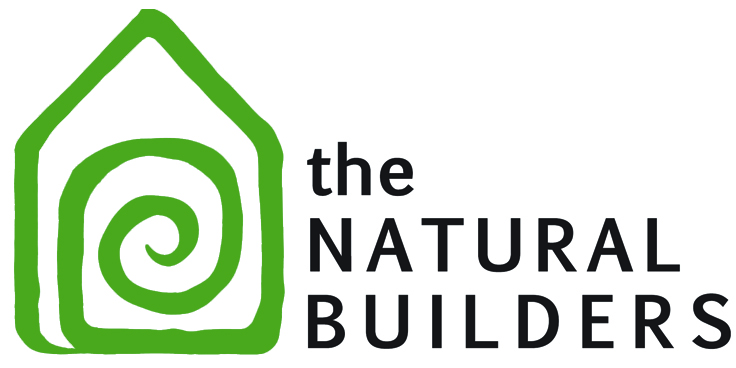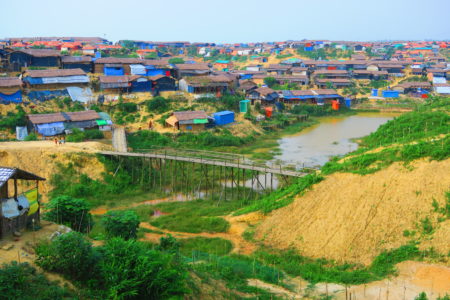Resilience in displaced communities
According to the United Nations over 80 Million people displaced today and that number could grow to over 1 Billion in the next 30 years. In the last 40 years NGOs have taken responsibility for providing services to these communities through a complex system of funding and community engagements. As the situations of displacement grow exponentially we see that the most enduring solutions lay in the hands of the people most affected. Imagine a world where Refugees and internally displaced people (IDP’s) are funded through international agencies too create solutions with and for their communities. Re-Imagine service delivery as though there was a field of agency and influence where refugees could drive decisions as it is in every other consumer market.
Refugees and displaced people are capable, creative and compassionate humans ready to face and tackle the problems facing their communities. As the nuance of conversations in scenarios globally shifts from capacity building to an acknowledgment that capacity is already there, new programs emerge.
Programs that weave mentorship specific business management and leadership development have proliferated and shown great success. However linkages to support these interventions at scale are complex and largely lack attention. For example Supply chains and procurement methods in aid agencies have tended to bias towards more traditional “business models” these procurement practices have created what is now widely known as the aid industrial complex.
A new landscape is emerging as capital markets and businesses have grown to integrate new understandings of corporate responsibility, from large corporate supply chain initiatives to medium and smaller scale impact investment networks, there are people looking to invest in solutions to our planet’s most complex problems. As the emerging fourth sector continues to take hold we see more and more growth in the for benefit business sector. A sector that weaves social and environmental care into the models and understanding of what it means to prosper.
In this resilience roadmap initiative, we are asking, who are the actors working to unlock traditional models across sectors of impact and regions? What are the successful mentorship and growth agencies that help support them? What Aid Agencies are interested in evolving the existing models of refugee and camp management? Who are the impact investors motivated help these entrepreneurs from within effected communities at scale? How do we partner the products of these entrepreneurial ventures to the Aid systems that are put in place to fund these services.
By modeling ecosystems of solutions and incubating regional service providers, can we can better build resilience, while matching for benefit entrepreneurship with modified, value driven procurement avenues.
Again, Imagine a world where Refugees are funded through international agencies to create solutions with and for their communities. Re-Imagine service delivery as though there was a field of agency and influence where refugees could drive decisions as it is in every other consumer market.

